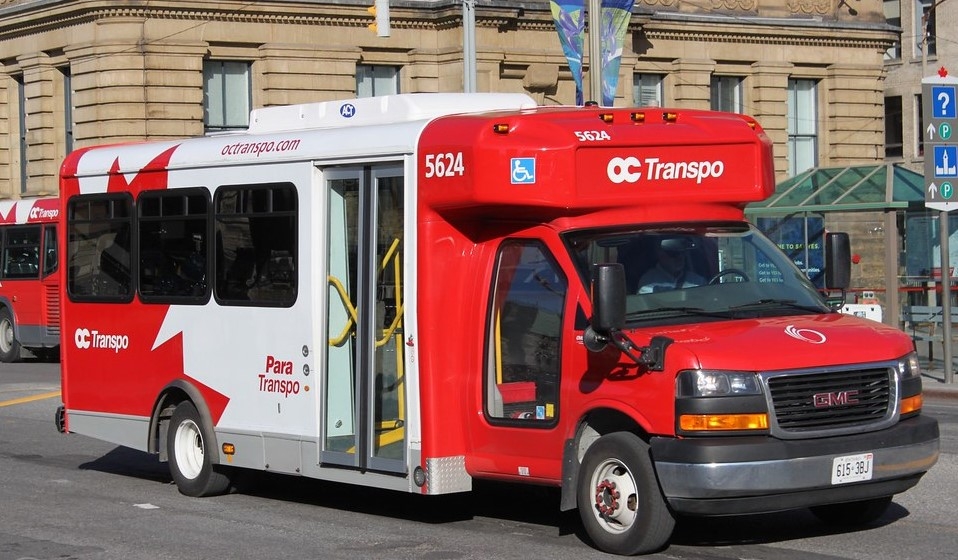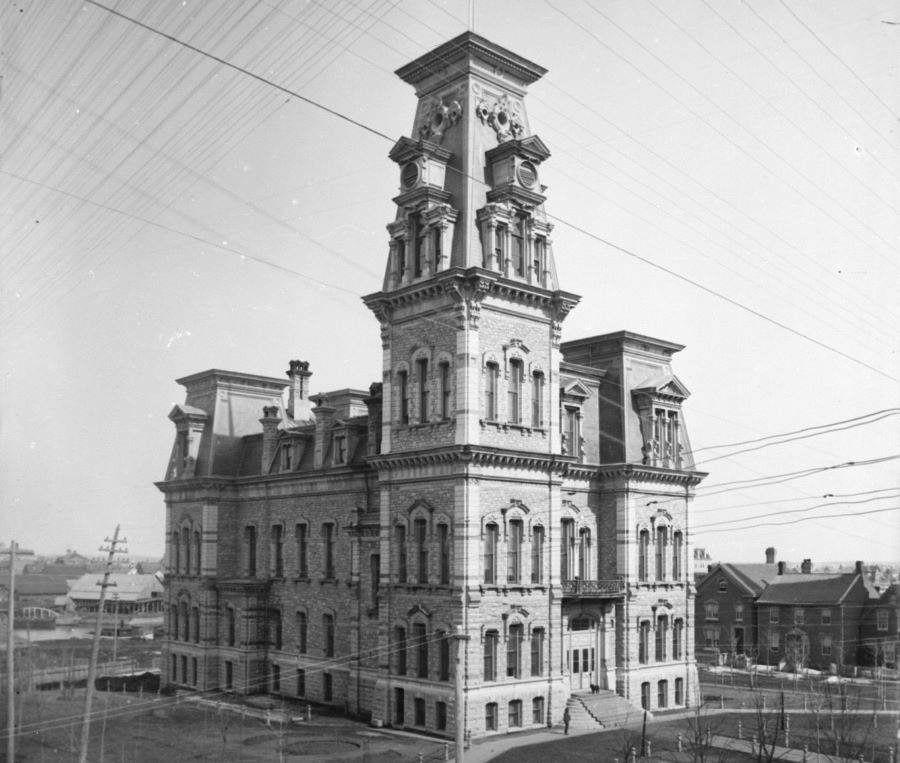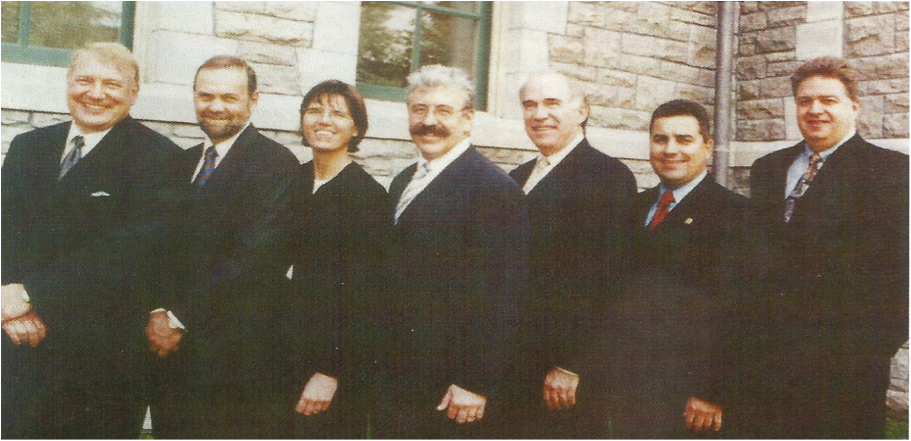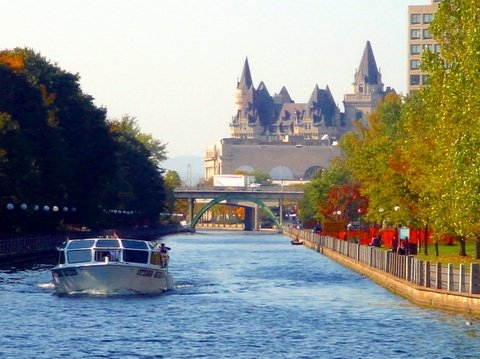
Jim Watson’s mission: Reverse post-9/11 tourism slump
Concerned about a "travel deficit" in Canada resulting from the combined impact of terrorist attacks and a stagnant economy in the United States, Jim Watson, president and CEO of the Canadian Tourism Commission, spoke to these concerns in a recent interview with Ottawa Life reporter Hank Reardon. An abridged version of the interview follows.
Ottawa Life Magazine: You must be concerned by the drop-off in tourism since the terrorist attacks on September 11, 2001.
Jim Watson: Of the roughly 20 million tourists who visited Canada in 2001, 15 million were from the U.S. Most of that tourism occurred before 9/11. There was of course a huge drop-off afterwards. The airline and tourism industries were the two most severely affected industries after 9/11. We've seen a substantial decrease in tourism revenues to the country. Meetings and conventions were cancelled. Not as many people are flying.
So, right after 9/11, we asked for additional funds from the federal government to put into a marketing campaign that would target Canadians (encouraging them to stay in their own country) and Americans in border states (encouraging them to drive to Canada, as opposed to long-haul flying customers that we traditionally focused on.) That was based on research we did right after 9/11. People still want to travel, but they don't want to be too far from home. There is still a reluctance to fly on the part of a large segment of the population.
That research has been borne out. In the first six months of 2002, auto travel is up 7% and airline travel is down 11%. So the strategy worked (in our view) and it minimized the loss. Canada is still down overall, but we could have been a lot worse. We're starting to see some glimmer of hope. August and September were quite strong in most parts of the country.
OLM: I'm surprised that tourism levels are down. I thought the Americans viewed Canada as a very safe destination.
JW: They certainly view it as the safest destination and that is reflected in the polling that we've done. But there are two factors we've had to deal with in the past year. One has been the threat of terrorism. The other is the state of the U.S. economy. People are afraid of being laid off, so the last thing on their priority list is to take a holiday. So we've had a one-two punch in 2001-02 — the threat of terrorism and the threat of recession. Both have not been good for the tourism industry. But having said that, we are miles ahead of favoured destinations like Australia and European countries, because our biggest customer can drive to our country. So we have that advantage, along with the value of the dollar and the perception (and indeed the reality) that Canada is one of the safest countries in the world. So we have a lot going for us.
The challenge that Ottawa faces is that it does not have the big marketing dollars to advertise extensively in U.S. publications, such as Conde Nast's Traveler Magazine, The New York Times and the Boston Globe.
We're trying more non-traditional methods to lure visitors here, as opposed to buying advertising in U.S. news magazines or on U.S. TV networks. We just had a partnership with VIA Rail and some provinces to have a Japanese television crew travel across Canada and do 10 live segments for the most popular morning show in Japan (Zoom in Asa) —so that 26 million Japanese viewers would watch this and see the Rockies, the Prairies, Kensington Market, Cavendish Beach… Our cost was $70,000, but the value in media terms was in the millions of dollars! We did the same thing with the Today Show in Australia and saw the impact it had after they did five live hours of coverage in Canada. This is what Good Morning America did when they were here a few years ago. They broadcast from the Museum of Civilization with Parliament Hill as backdrop, and this had a huge impact in bringing large numbers of visitors here. So we have to do more of this kind of thing to get more value for money.
Look what we are competing against. The City of Las Vegas spends $191 million a year marketing itself, while our budget is $83 million to promote an entire country as a tourist destination. The State of Illinois spends over $91 million a year promoting itself, and that doesn't even include Chicago's tourism budget!
We revamped our Web site (www.travelcanada.ca) and we've had a tremendous increase in visitors to the site — an increase of over 100%, in fact. We make sure our Web address appears on every publication, magazine advertisement and television spot we produce. We're also working with some search engines to make sure that Travel Canada is high up there on the totem pole, and that takes money, but by year's end, our site will be the top one that shows up on Google, Yahoo and all the other major search engines. People will know that, when it comes to Canada and travel, ours is the site to go to first.
Tourism is a $54-billion-a-year industry in Canada. It employs 560,000 people. It's a big challenge after 9/11, trying to give people the confidence that they should be travelling and that Canada is a terrific destination. According to the World Tourism Organization, Canada is the ninth most popular tourist destination. We think we should be in the top five. We're attracting 4.4 million tourists a year from all over the world, but we think that number could be much higher.
Mexico was one of only three countries last year that registered positive growth in terms of numbers of visitors to Canada. We in fact closed our tourism office in Argentina and put our money into Mexico, because we feel that Mexico is a better prospect, since it is now one of our trading partners under the North American Free Trade Agreement and Mexican citizens don't need a visa to enter Canada. Also, Mexicans can drive here. We see great potential in the Mexican market. Right now, we're getting about 144,000 visitors from Mexico each year, so that's something to build on.
We see a huge potential for visitors from China. There is a burgeoning upper-middle class in China, well-off people who have plenty of disposable income and time to travel here. Right now, we're getting about 85,000 visitors a year from China. Once we get Approved Destination Status from the Chinese government (a technical requirement), we can expect hundreds of thousands of visitors from China every year.
Our marketing strategies are starting to pay off. As a former mayor of Ottawa, I saw how important tourism was to this community, and I'm trying to get that message across on a national scale. Tourists don't just arrive here on their own. It takes a concerted and coordinated effort on the part of all governments and the tourism industry to ensure that the message gets out that Canada is a clean, safe and good-value destination. I think Canada's potential to become one of the world's great tourism destinations is within our grasp.
And of course there is potential for expansion from within. The vast majority of Canadians have never visited one (let alone three) of the northern territories. So we have to do a better job of pulling on their heartstrings and their pocketbooks, to let them know that there are unforgettable vacation spots right here in their own country. Contrary to popular belief, you don't have to go to another country to have a "real vacation."
OLM: I take it you are as interested in promoting tourism within the country as bringing in tourists from outside the country.
JW: I probably put more emphasis on internal domestic tourism, because I don't think we put enough money into that. The Canadian Tourism Commission doesn't just focus on the long-haul market, because 70% of the tourism industry in Canada are Canadians traveling within their own country, which is great, but it's still not high enough. We still have a travel deficit in Canada. It's been going down, but it's still a challenge for us.
We see growth in every market from 2003 onward. But we want to ensure that we have the necessary resources to properly sell Canada to those potential emerging long-haul markets in places like China, South Korea and Mexico.
Canada has one of the highest return rates, which means that when people come here, they usually come back for second and third visits. The challenge is to get them here for that first visit. And that's our mandate. Once they're here, the country sells itself.
Editor's note: Jim Watson announced in late November that he is stepping down as CTC president to co-host The NewRO's new noon-hour show, starting on January 2. Watson will also comment on municipal affairs on NewsSixOttawa@6.













